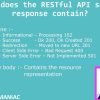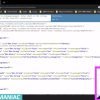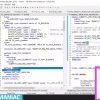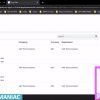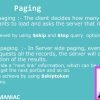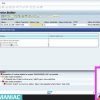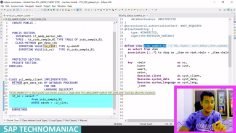This video is an introductory tutorial on OData, a RESTful API used in SAP ABAP. The video begins with an explanation of what OData is and the different approaches to creating OData services from the SAP system. It then delves into the basics of REST and APIs, and how OData is a RESTful API.
The presenter explains that OData, or Open Data Protocol, is a set of rules defined to access data. It’s open for all companies to use, and while SAP uses OData services, they did not develop it. OData is an ISO/IEC approved, OASIS standard that defines best practices for building and consuming RESTful APIs.
The video further explains the concept of APIs (Application Programming Interfaces), which are mechanisms that help two software components interact with each other using a set of definitions and rules. The presenter uses the example of a restaurant to illustrate how APIs work.
The video then discusses the four types of APIs: SOAP APIs, RPC APIs, WebSocket APIs, and REST APIs. The focus is on REST APIs, which are currently the most popular type of API in the market. For an API to be considered RESTful, it must follow five rules: uniform interface, statelessness, layered system, cacheability, and code on demand.
The presenter also explains each of these rules in detail:
- Uniform Interface: There should be a common language that both the client and server can understand. The server should send the representation of the data to the client using a URI, and the client should have enough information to modify or delete the data.
- Statelessness: The server should not store any information about the client. Each request from the client is processed independently.
- Layered System: The client can connect to an intermediate system between the client and server, and still receive the response from the server.
- Cacheability: The client can store some of the data that is frequently used. This makes the system faster as it reduces network overhead.
- Code on Demand: The server can send some code to the client along with the data. This is optional and not always necessary.
The video concludes with the presenter emphasizing that understanding RESTful APIs is crucial before moving on to SAP systems, as these concepts are often asked in interviews.




